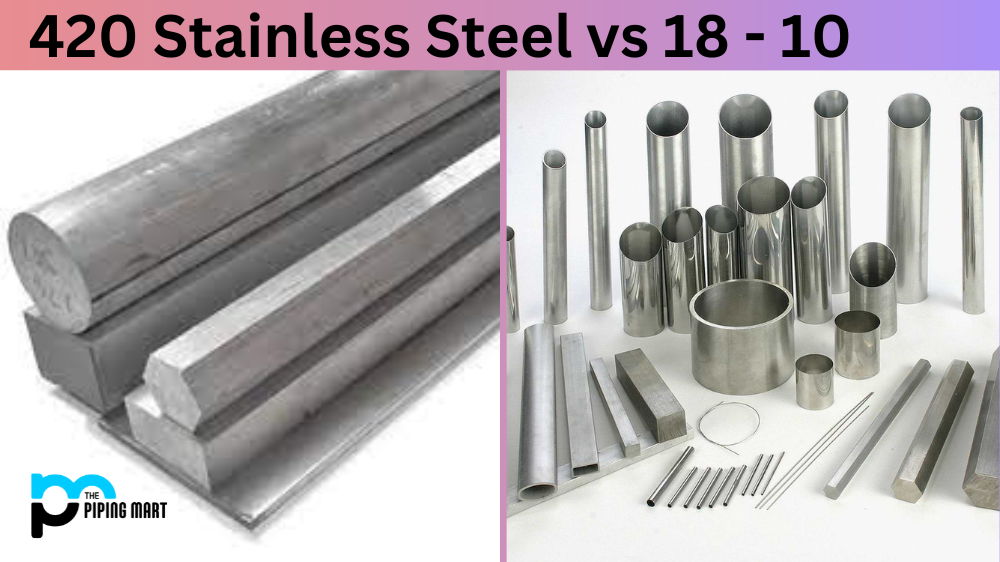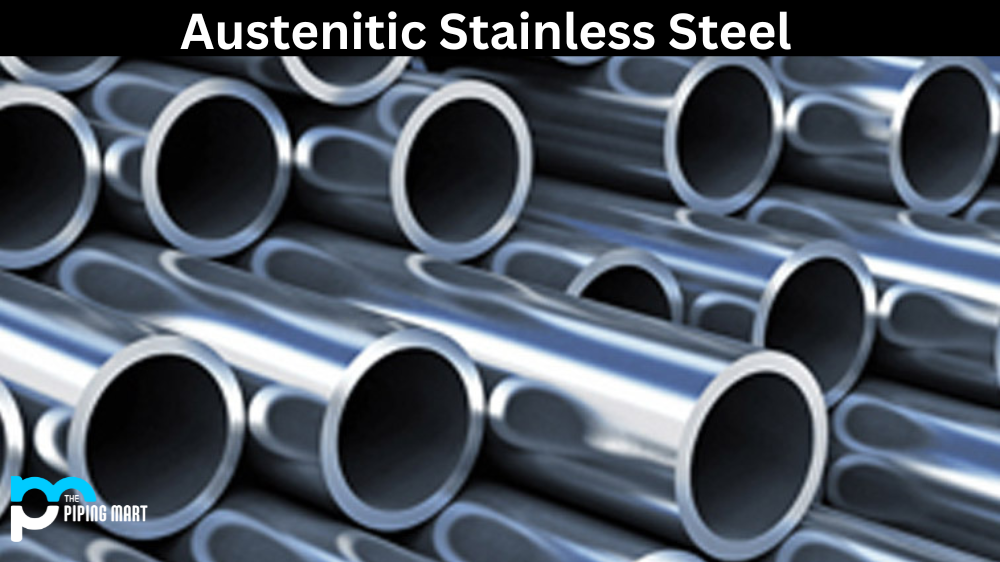When it comes to kitchen equipment, one of the most critical factors that determine its quality is the kind of steel that was used in its production. This is why it’s essential to know the differences between various types of steel, from their strengths and weaknesses to their durability and applications. If you’re in the market for quality kitchenware, you may have come across 420 stainless steel or 18/10 kitchen gear. But what sets these two apart? Which one fares better regarding durability, rust resistance, and overall performance? This blog will guide understanding the difference between 420 stainless steel vs 18/10.
What is 420 Stainless Steel?
420 stainless steel is a high-carbon steel alloy that contains a minimum of 12% chromium and is commonly used in blades and knives for its durability and hardness. It’s also used for manufacturing various kitchen equipment, including sinks, pots, and pans. 420 stainless steel is corrosion-resistant in most environments, making it an excellent choice for items that require exposure to moisture. However, there are better choices for saltwater environments, as it’s prone to rusting.
What is 18/10?
18/10 stainless steel is austenitic steel composed of at least 18% chromium and 10% nickel. This type of steel is commonly used in high-end kitchenware, such as cutlery, flatware, and cookware, as it’s resistant to corrosion and rust. This composition keeps the steel shiny, even when exposed to water and air. It’s also less reactive to acidic foods, making it ideal for cooking.
Difference Between 420 Stainless Steel and 18/10
The key difference between 420 stainless steel and 18/10 is their composition. While both metals contain chromium, 18/10 contains nickel, giving it superior rust and corrosion resistance. 420 stainless steel is more complex and brittle than 18/10, making it more challenging to work with or shape. Additionally, since 420 steel doesn’t contain any nickel, it’s not as shiny as 18/10 and will tarnish faster.
- 420 stainless steel is martensitic stainless steel that contains between 12 and 14 per cent chromium. 18/10 stainless steel is austenitic stainless steel with 18 per cent chromium and 10 per cent nickel.
- 420 stainless steel is more complex and more durable than 18/10 stainless steel. It is also easier to sharpen and maintain.
- 18/10 stainless steel is more corrosion-resistant than 420 stainless steel. It is also less likely to rust or stain.
- 420 stainless steel is less expensive than 18/10 stainless steel.
- Both types of stainless steel are used in various applications, including cutlery, kitchen utensils, and medical instruments.
Application
420 stainless steel is often used to produce surgical instruments, knife blades, and high-end kitchen equipment such as sinks, pots, and pans. It’s an excellent choice for those who need a durable and corrosion-resistant material that can withstand harsh conditions. Meanwhile, 18/10 steel is standard in cutlery, flatware, and cookware, where its resistance to rust and corrosion is essential. It’s also a great choice if you want your kitchen equipment to have a shiny appearance and not tarnish over time.
Conclusion
In summary, 420 stainless steel and 18/10 are popular choices for kitchen equipment. However, when it comes to durability and resistance to rust and corrosion, 18/10 is the clear winner. Although 420 stainless steel is more complex and has a higher carbon content, its lack of nickel makes it more susceptible to rusting and less shiny. Ultimately, the steel you choose will depend on the application you’ll be using it for. Understanding the pros and cons of each type of steel will help you make the best decision for your needs.
Sakshee is a talented blogger, with a particular focus on the Business and Metal Industry. She is passionate about sharing her insights on various metal products and helping professionals to make a better decisions.




